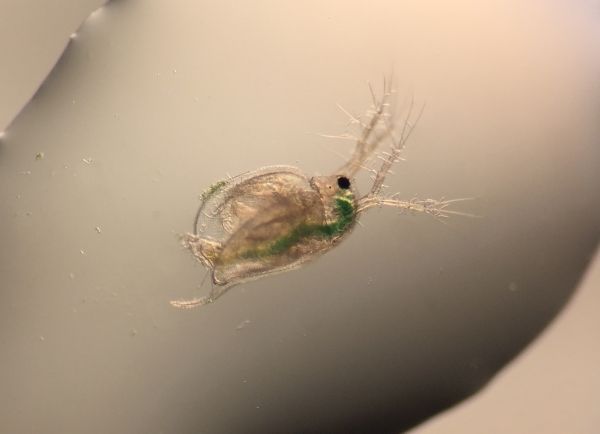Encasing insecticides in microscopic plastic capsules – a common formulation for many pest sprays on the market – could lead to unintended consequences, according to a new study from Oregon State University.
Environmental toxicologist Stacey Harper and her team found that a common insecticide in its “capsule suspension” formulation – with molecules of the active ingredient encapsulated in tiny, inert plastic pellets – was more toxic than the same amount of active ingredient delivered straight up in water.
Their study is published in the journal Nanomaterials.
Harper, an associate professor in the College of Agricultural Sciences and the College of Engineering, and her doctoral student Matthew Slattery studied a commercial pyrethroid-type insecticide with an encapsulated active ingredient, gamma-cyhalothrin. The insecticide is primarily used in the home and garden for ants, bed bugs, ticks and other insects.
Read more at Oregon State University
Image: Water flea (Ceridaphnia dubia). Photo by Matthew Slattery, Oregon State University.


